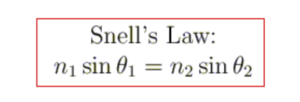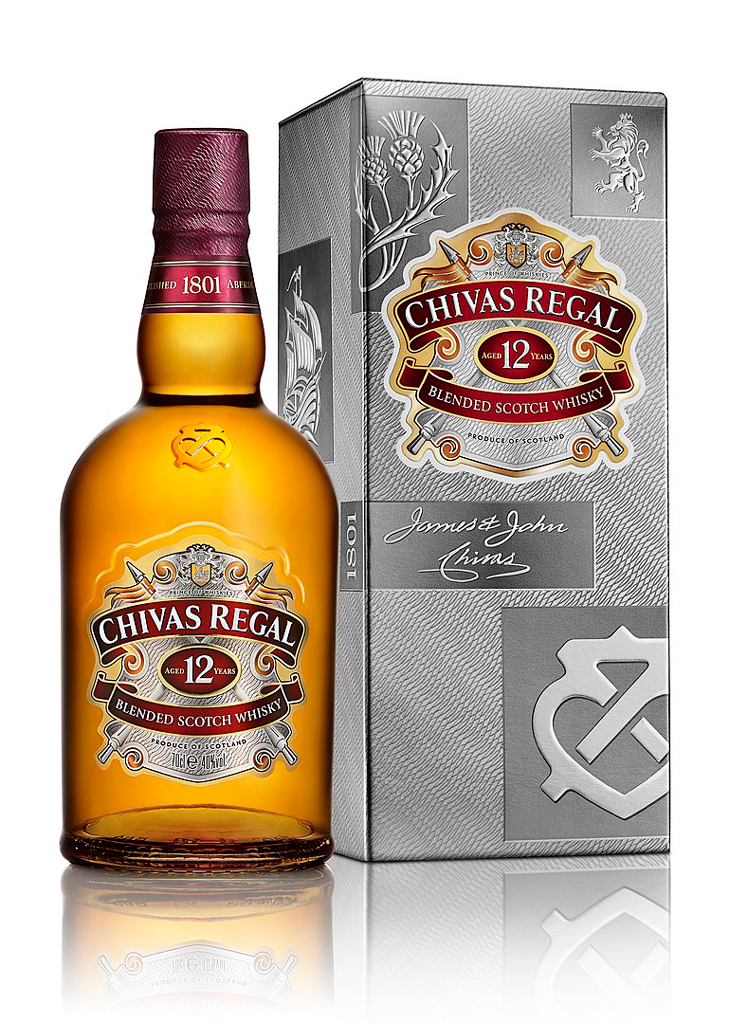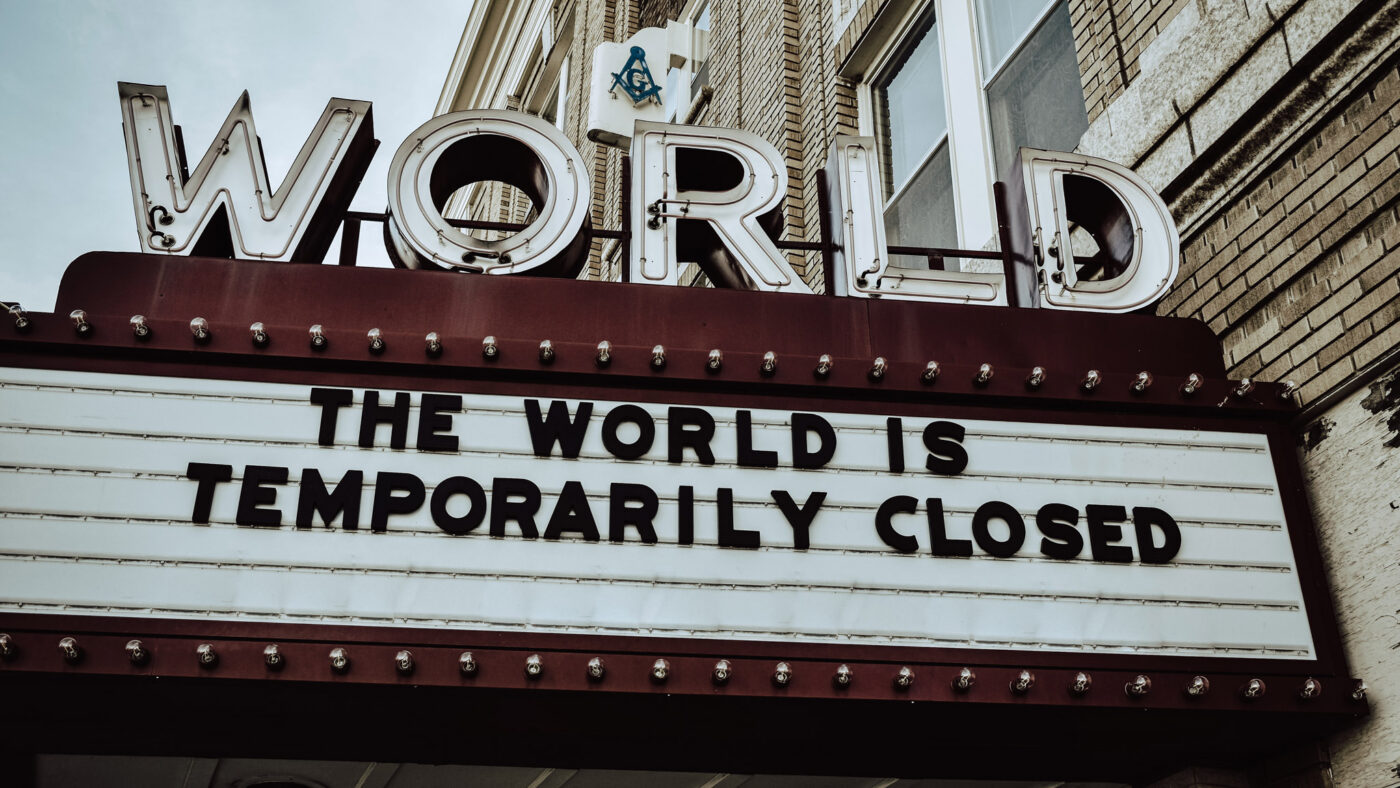
When you were a kid, have you ever tried to pick up a stick in a running brook, and it doesn’t seem to be exactly where you thought it should be? Have you ever wonder why clouds are white? You are maybe wearing glasses while reading this article – yes that is refraction, too. Refraction is the reason why our eyes can focus and why we’re able to see with vision. We use the properties of refraction all the time to create lenses and magnify images. Every time you’re using your camera, you’re using the power of refraction.
Understanding the scientific principles behind refraction will improve your camera skills.
Knowing how to manipulate its properties, will make you a better photographer by allowing you to create different effects and incredible masterpieces.
When does Refraction occur?
Refraction occurs as light moves through different media such as from the air to the water. As sunlight travels through the vacuum of outer space, it’s travelling at about three million meters per second.
As soon as a light beam hits another transparent medium like water, it slows down. Light travels about 1.33 times faster in a vacuum than in water. When that occurs, light is refracted or bent.
The ratio of how fast light moves through an object compared to a vacuum is called the index of refraction.
Different materials have different index of refraction values. How fast light moves through an object determines how much it will be refracted or bent. The denser the object, the slower it travels.
Refraction also depends on the angle that the light approaches the surface of the new medium.

For those of you that are more technically minded, the angle that light can be refracted or bent in a medium coming from another medium can be predicted from Snell’s Law.

Refraction example in Beverage Photography
Refraction photography is used in the advertising industry to create enticing images of alcoholic beverages. With the right lighting, notice how refraction darkens and defines the edges of this Chivas Regal bottle and how its liquid contents seem to brighten.

If we follow the beam of light, it’s first refracted as it passes through the glass in the bottle and then refracted again as it passes through the liquid. It’s refracted again as it moves out of the liquid.
Refraction & the Angle of Light Example
How you place a light source can also create different visual effects. Its angle will determine the angle that the light will be refracted. Its distance will affect brightness directly onto your object and the amount of light that will be refracted.
Luxury brands demonstrated the importance of light placement in refraction photography. A close light source can magnify the perfume bottle, so so we can see more details of the refracted light on the wall.
Dispersion as Part of Refraction
Refraction occurs all the time in nature. It’s a great teacher and can inspire you to think about how you can use refraction while taking shots for advertising campaigns.
One of the best examples of refraction in nature is the creation of rainbows as sunlight passes through water droplets in the atmosphere. Refraction in the droplets splits the light into different wavelengths that we perceive as colors. The process is called dispersion.
Dispersion also occurs as light passes through prisms as demonstrated in this photograph by Jirawat Plekhongthu.
Snell’s Window and Underwater Photography
Another example of refraction is when you’re underwater and looking up. You can only see a light cone directly above you but not on either side.
This is known as Snell’s Window or Snell’s Circle where you can only see through a cone of light of about 96 degrees. Everything outside that light cone will either be completely dark or show reflections of underwater objects.

This image demonstrates Snell’s Window. A window of light can only be seen just above the woman’s head and at the surface of the water. The rest of the surface in the picture seems dark. Ripples refracting off the water’s surface can also be seen reflecting off the woman’s face.

Other effects of refraction can also be seen as light moves through water to air bubbles and back into the water again.
Diffusion Filter and Refraction Example
The color and quality of a photographic image are determined by how light interacts with an object. In refraction photography, light can be refracted directly in a single pathway or diffused with multiple pathways onto a subject.
You can create different effects just by using different types of refracted light. For example, lines etched on a diffusion filter can refract light to soften images. Refraction through the filter causes light to take multiple pathways with varying shorter and longer distances to the camera.
This affects focus. While most of the image of the woman’s face in this photograph by Alexandra Leroy is in focus, some parts aren’t, resulting in softened edges.
Here are some AI created imagery as inspiration for experimental photography with diffusion filters, foils and refraction.



More Creative Ways Using Glass to Evoke Refraction
Have you ever looked at old windowpane glass and noticed that objects through the glass seem wavy? That’s because over time the window changes how the light is being refracted. Glass acts like a very slow-moving liquid. Overtime, gravity pulls the glass at the top of the window down.
The windowpane glass becomes thinner on top and thicker at the bottom, changing how it will be refracted at different sections. The bottom section refracts light differently than at the top. That’s why it looks wavy. By aiming your camera through an old windowpane, you could create different visual effects.
Play with it and use different exposure and aperture settings. Photograph the whole object through the entire pane or just sections for different visual effects. It’s an effective way to create a dream sequence or the passage of time.
A single source of light while refracted through a liquid like water can also create a gradient effect giving the illusion that the light source is coming from a mysterious source of light. If you put a rod behind a glass of water and move it further back, the image of the rod will mysteriously flip.
Refraction can be used to distort and manipulate image depth and tone.

This image shows refraction through glass spheres. It was taken with a Sony ILCE-7RM3 camera, 50 mm focal length, aperture ƒ/9, shutter speed 1.3 s and ISO 320.
A pattern image behind a glass of water will also distort and flip due to refraction. Capturing this through the camera will yield some interesting images. If you’re relying on natural light, you’ll need a narrow exposure between f/16 to f/22 with an ISO of around 100.
Make sure your camera is on a tripod for a stable image. You can experiment with different patterns for different effects.
Refraction is a great tool to enrich your photography and enhance your creativity. Without the phenomenon, we probably wouldn’t have vision or photography, and it would truly be a dark and colorless world.
We hope this article serves as inspiration for your next editorial or advertising campaign – If so, please let us know in the comment section below.
Do you have any suggestions, additions, is this post out of date, or have you found any mistakes? Then we look forward to reading your comments. You are welcome to share this post. We are very grateful for every recommendation.





